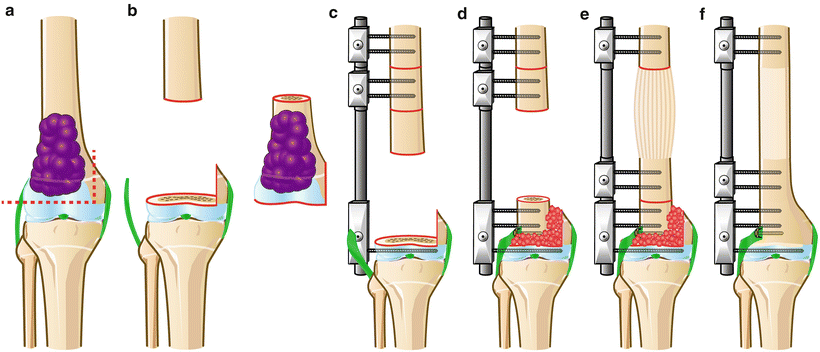Description
Familiarity with Treatment:
Limb Salvage Surgery, or Limb-Sparing Surgery, is a procedure performed to remove a tumor or damaged portion of a limb while preserving as much of the limb’s function and structure as possible. It is typically performed as an alternative to amputation for individuals with bone or soft tissue tumors, severe trauma, or other conditions that threaten the viability of a limb.
Procedure:
- Preparation: The patient is administered anesthesia to ensure they are comfortable and pain-free during the procedure.
- Incision: A surgical incision is made to access the affected area of the limb.
- Tumor Removal: The tumor or damaged portion of the limb is carefully removed while preserving as much healthy tissue as possible.
- Reconstruction: Depending on the extent of the defect, various reconstruction techniques may be employed to restore the function and appearance of the limb. This may involve bone grafts, metal implants, prosthetic devices, or tissue transfers.
- Closure: The incision is closed with sutures or staples, and a sterile dressing is applied.
Who Is It Suitable For?
Limb Salvage Surgery is suitable for individuals with:
- Bone or soft tissue tumors that can be removed while preserving adequate function and structure of the limb.
- Severe trauma or injury to a limb that may otherwise require amputation.
- Non-healing ulcers or infections that threaten the viability of the limb.
Who Is It Not Suitable For?
Limb Salvage Surgery may not be suitable for individuals with:
- Advanced cancer that has spread extensively within the limb or to other parts of the body.
- Severe vascular compromise that cannot be adequately addressed to support limb viability.
- Inadequate soft tissue coverage or blood supply to support successful reconstruction.
Advantages:
- Preserves limb function: Limb Salvage Surgery aims to retain as much function and mobility in the affected limb as possible, allowing patients to maintain their independence and quality of life.
- Improved cosmesis: By preserving the natural appearance of the limb, Limb Salvage Surgery can help minimize the psychological impact of limb loss and improve body image.
- Faster recovery: Compared to amputation, Limb Salvage Surgery often involves a shorter recovery period and less postoperative rehabilitation.
Complications:
While Limb Salvage Surgery is generally considered safe, complications may include:
- Infection
- Wound healing problems
- Nerve damage
- Blood vessel injury
- Implant failure or loosening
- Functional limitations or persistent pain
Preoperative Care:
Prior to undergoing Limb Salvage Surgery, patients may undergo various preoperative assessments, including:
- Imaging studies (X-rays, MRI, CT scans) to assess the extent of the tumor or injury.
- Biopsy to confirm the diagnosis of cancer.
- Blood tests to evaluate overall health and assess for any underlying medical conditions.
- Discussion of expectations and goals with the surgical team.
Postoperative Care:
After Limb Salvage Surgery, patients may be instructed to:
- Keep the surgical site clean and dry, and follow any specific wound care instructions provided by the surgical team.
- Attend follow-up appointments with the surgeon for wound checks, imaging studies, and monitoring of limb function.
- Participate in physical therapy to regain strength, mobility, and function in the affected limb.
- Avoid activities that put excessive stress on the limb until cleared by the surgeon.
- Monitor for any signs of complications, such as infection or impaired wound healing, and report them to the surgical team promptly.





Reviews
There are no reviews yet.